
If you're a lover of art, then you're probably familiar with the beauty of abstract sculpture. These stunning works of art have been captivating audiences for centuries, and with good reason.
Abstract sculpture is a versatile medium that can take on a wide range of forms, from the organic and fluid to the geometric and angular. Each piece is a unique expression of the artist's vision, and can evoke a range of emotions in the viewer.
In this journey through time and space, we'll explore the world of abstract sculpture and discover its many facets. From ancient Greek and Roman pieces to modern masterpieces, we'll delve into the history, techniques, and themes that make abstract sculpture such a fascinating and dynamic art form. So come along with us on this journey and discover the beauty of abstract sculpture for yourself.
What is Abstract Sculpture?
Abstract sculpture is a form of art that uses non-representational shapes, lines, and forms to create a three-dimensional work of art. Unlike representational art, which seeks to depict recognizable objects or scenes, abstract sculpture is not bound by the need to represent anything recognizable. Instead, abstract sculpture is all about form, texture, and the interplay of light and shadow.
Abstract sculpture can take many forms, from the fluid and organic to the geometric and angular. Some abstract sculptures are smooth and polished, while others are rough and textured. Some are brightly colored, while others are monochromatic. The possibilities are endless, and each piece of abstract sculpture is a unique expression of the artist's vision.

The History of Abstract Sculpture
The history of abstract sculpture can be traced back to ancient times. The ancient Greeks and Romans created abstract sculptures that were often used as architectural elements, such as columns and friezes. These sculptures were typically highly stylized and abstracted, with a focus on form and texture rather than realism.
In the 20th century, abstract sculpture came into its own as a distinct art form. Artists such as Pablo Picasso and Henry Moore began experimenting with abstract forms, and the art world was forever changed. The movement gained momentum in the 1950s and 1960s, with the rise of artists such as Alexander Calder and Louise Nevelson.
Today, abstract sculpture is a thriving art form with a rich history and a bright future.

Source: Alexander Calder
Techniques Used in Abstract Sculpture
The techniques used in abstract sculpture are as varied as the forms themselves. Some sculptures are carved from stone, while others are cast in bronze or welded from metal. Some are molded from clay or plaster, while others are created from found objects.
One common technique used in abstract sculpture is the use of negative space. By carving away at a solid block of material, the artist can create a sculpture that is defined by the space around it. This technique can create a sense of movement and fluidity in the sculpture, and can also give it a sense of lightness and delicacy.

Another technique used in abstract sculpture is the use of curves and angles. By playing with the relationship between curves and angles, the artist can create a sculpture that is both dynamic and harmonious. This technique can create a sense of tension and balance in the sculpture, and can also create a sense of movement and energy.

Themes in Abstract Sculpture
The themes explored in abstract sculpture are as varied as the forms themselves. Some sculptures are purely abstract, with no discernible subject matter. Others may explore themes such as nature, the human form, or the relationship between space and form.
One common theme in abstract sculpture is the exploration of form and texture. By focusing on the interplay of light and shadow, the artist can create a sculpture that is both visually striking and tactile. This can create a sense of depth and complexity in the sculpture, and can also give it a sense of movement and energy.

Another common theme in abstract sculpture is the exploration of emotion and spirituality. By using abstract forms to express feelings or ideas, the artist can create a sculpture that is both deeply personal and universal. This can create a sense of connection between the viewer and the sculpture, and can also create a sense of contemplation and reflection.

Famous Abstract Sculptors and Their Works
There have been many famous abstract sculptors throughout history, each with their own unique style and vision. Here are just a few examples:
- Alexander Calder: Known for his mobiles, which are sculptures that move with the wind or a gentle touch. Calder's sculptures are often brightly colored and playful, with a sense of whimsy and joy.

- Louise Nevelson: Known for her monochromatic sculptures, which are often made from found objects. Nevelson's sculptures are highly textured and often have a sense of mystery and intrigue.

- Henry Moore: Known for his large, abstract sculptures of the human form. Moore's sculptures are often highly stylized and simplified, with a sense of power and strength.

- Barbara Hepworth: Known for her abstract sculptures of natural forms, such as rocks and shells. Hepworth's sculptures are often highly polished and smooth, with a sense of serenity and calm.

The Impact of Abstract Sculpture on Modern Art
Abstract sculpture has had a profound impact on modern art, influencing everything from painting to architecture. By breaking free from the constraints of representation, artists have been able to explore new forms and new ideas.
One of the most significant impacts of abstract sculpture has been its influence on the development of modern architecture. The use of abstract forms in architecture has become increasingly common, with architects using curves, angles, and negative space to create buildings that are both functional and beautiful.
How to Appreciate and Interpret Abstract Sculpture
Appreciating and interpreting abstract sculpture can be a deeply personal experience. There are no right or wrong answers when it comes to interpreting art, and each viewer may have a different response to the same sculpture.
One way to appreciate abstract sculpture is to focus on the interplay of light and shadow. By looking at how the sculpture changes as you move around it, you can gain a deeper understanding of its form and texture.
Another way to appreciate abstract sculpture is to consider the emotions or ideas that the sculpture evokes in you. By thinking about what the sculpture makes you feel, you can gain a deeper understanding of its meaning and significance.
The Role of Abstract Sculpture in Public Spaces
Abstract sculpture has long played an important role in public spaces, from parks and plazas to museums and galleries. By placing abstract sculptures in public spaces, artists can create a sense of beauty and wonder in the world around us.

One of the most famous examples of abstract sculpture in a public space is the Chicago Picasso, a large, abstract sculpture that sits in the middle of Chicago's Daley Plaza. The sculpture has become a beloved landmark in the city, and is a testament to the power of abstract sculpture to inspire and delight.

The Future of Abstract Sculpture
The future of abstract sculpture is bright, with artists continuing to push the boundaries of form and texture. As technology advances, new materials and techniques will become available, allowing artists to explore new forms and new ideas.
One exciting development in the world of abstract sculpture is the use of 3D printing. By using 3D printers, artists can create sculptures that were previously impossible to make by hand. This technology has the potential to revolutionize the world of abstract sculpture, opening up new possibilities for artists and viewers alike.
Conclusion
Abstract sculpture is a fascinating and dynamic art form that has been captivating audiences for centuries. From ancient Greek and Roman pieces to modern masterpieces, abstract sculpture has a rich history and a bright future. By exploring the techniques, themes, and impact of abstract sculpture, we can gain a deeper appreciation for this versatile and beautiful medium. So come along with us on this journey through time and space, and discover the beauty of abstract sculpture for yourself.

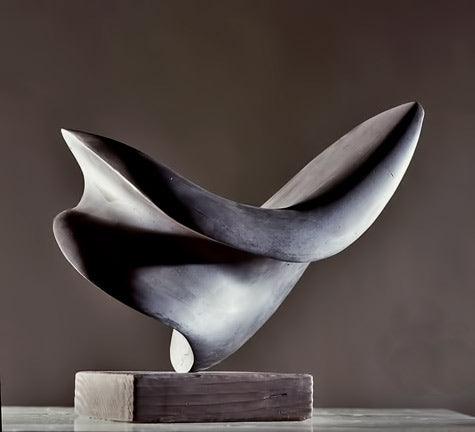
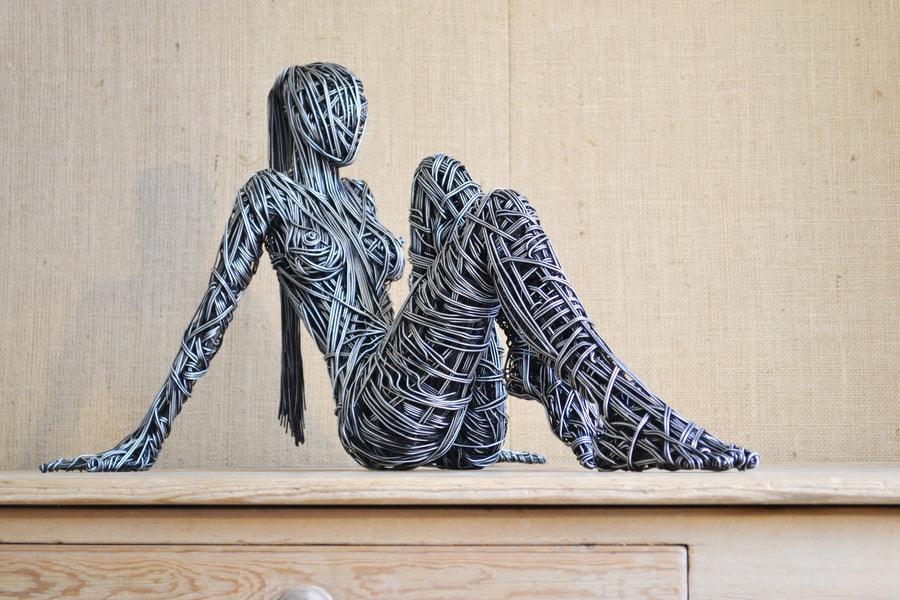
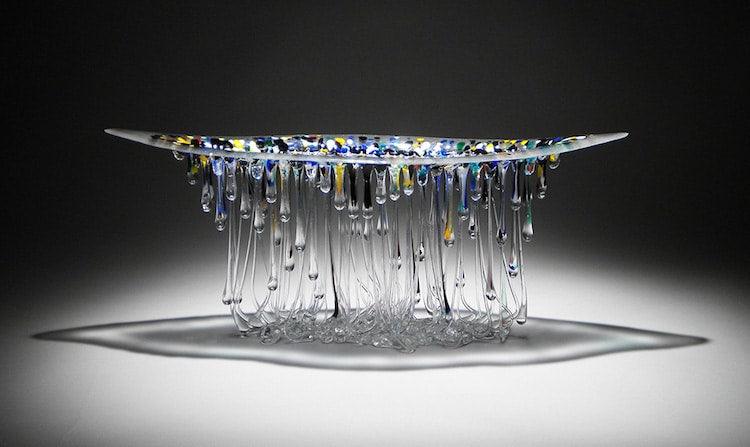
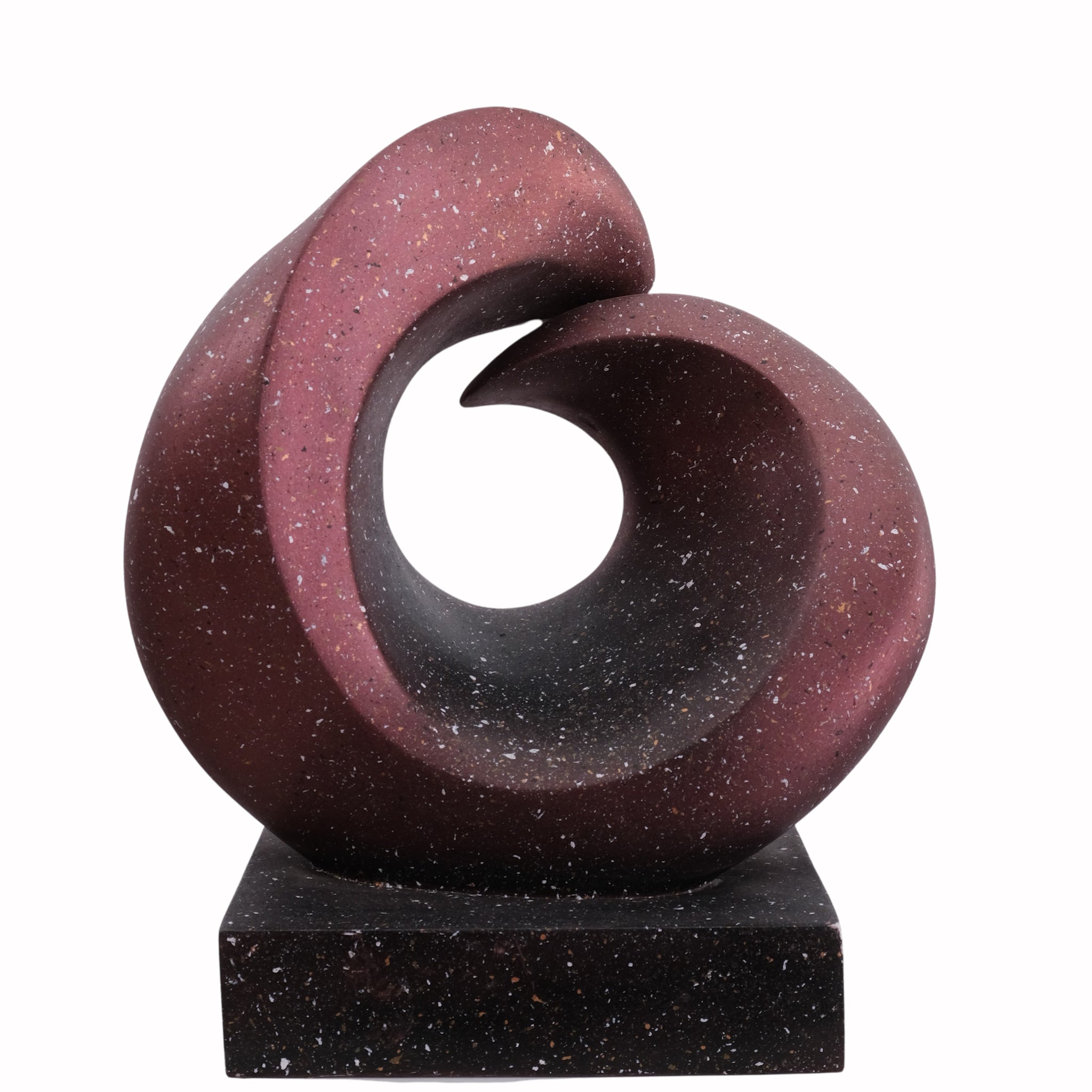
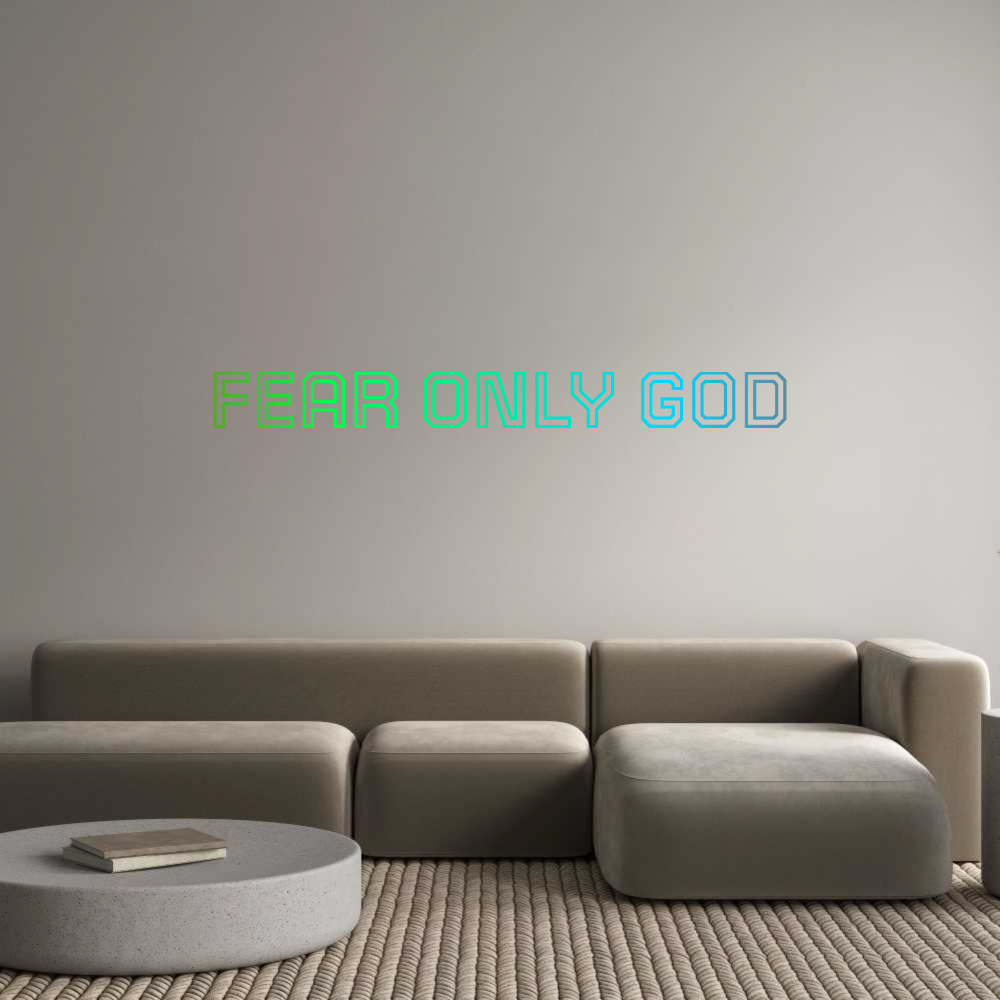
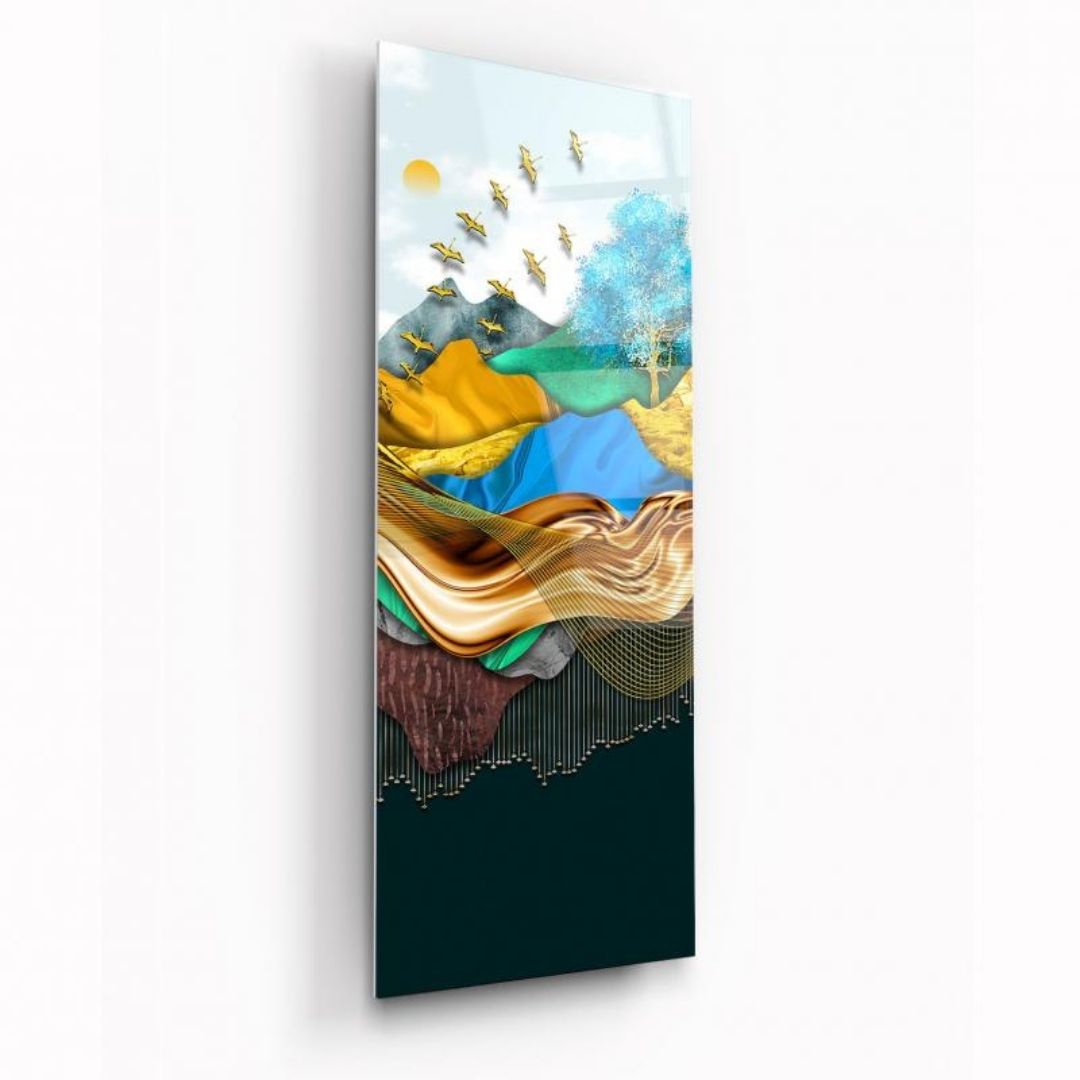
Leave a comment
All comments are moderated before being published.
This site is protected by hCaptcha and the hCaptcha Privacy Policy and Terms of Service apply.